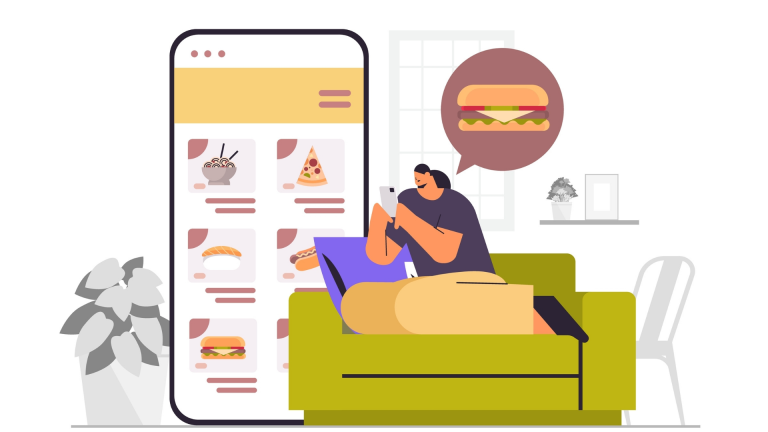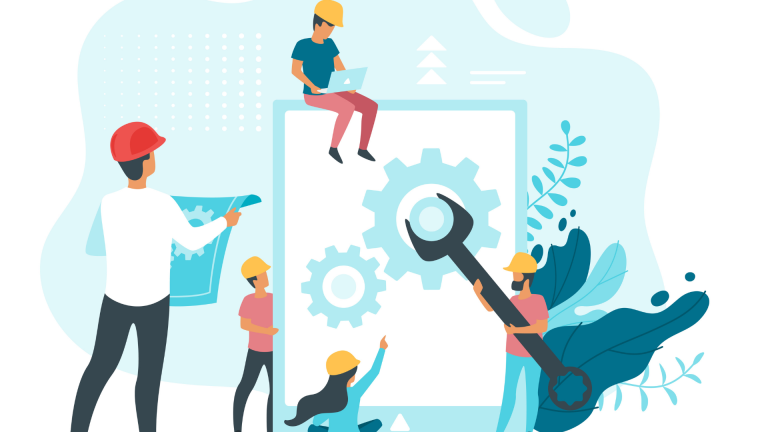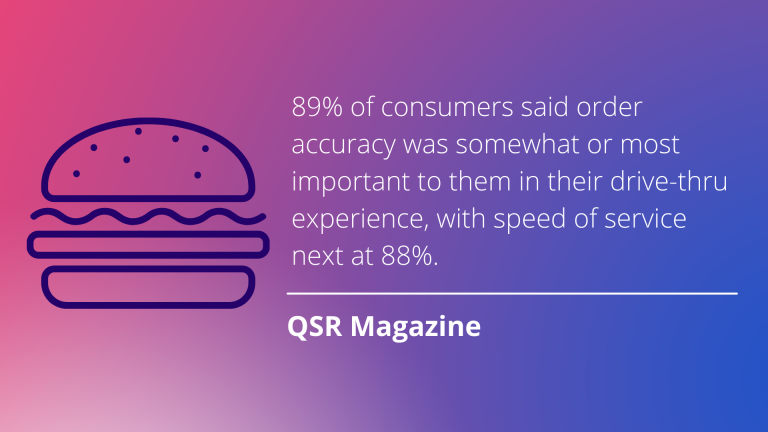Eliminating the need for employees to access keyboards and to interact with technology physically opens up the workplace to greater accessibility and helps organizations meet their diversity and inclusion goals. Making room for more people at your workplace is a positive side-effect of voice user interfaces that democratize technology and the workplace.
Voice AI adds hands-free operability in the field
The deskless workforce is always on the move, creating unique challenges for recording and accessing information or communicating with dispatchers and other workers quickly and efficiently. Oftentimes, workers’ hands are busy operating equipment or performing tasks and in order to see the next steps for the project, record critical information for the job—such as precise measurements—or communicate with their team, they’re forced to stop work. Voice-enabled devices designed for the deskless workforce can help eliminate these inefficiencies and create better work environments for a variety of workers, including:
- Construction workers
- Telephone repair crews
- Nurses and doctors
Voice search
Being able to receive instant, hands-free answers to common questions or complex queries increases productivity and efficiency for deskless employees. Voice-enabled devices with cloud connectivity can provide voice search capabilities to employees in the field who can use their devices to ask questions such as:
“Show me building plans.”
“What’s the next construction sequence?”
“Any records of outages in this area?”
”What are the reported interactions with this drug prescription?”
Construction workers, telephone repair crews, and healthcare professionals can use their voices to access documents, records, next steps, and company databases—without interrupting the task that is simultaneously occupying their hands. Adding a visual element, such as a tablet or mobile device screen provides multimodal interaction and a way for employees to view information with a visual component.
Companies looking to invest in this technology would need to ensure that their voice assistant could parse through background noise on construction sites and hospitals or noise from the roads and wind for telephone repair crews. These employees operate in a fast-paced environment, and if they are not quickly understood by the voice assistant, they will grow frustrated and stop using it. Voice assistants in these environments must be trained using the ambient noise of the environment and be built with advanced noise cancellation technology.
By offering voice user interfaces that help employees work faster, more accurately, and more efficiently, companies not only improve productivity, they may also increase employee retention through greater job satisfaction.
Recording of data
Taking down measurements on a construction site, vitals of a patient, or diagnostic information from atop a telephone pole requires accuracy and precision, which is often dampened by having to juggle tools, paperwork, medical equipment, or balancing above the ground. Voice assistants can offer a solution by providing an efficient, hands-free way of recording data.









